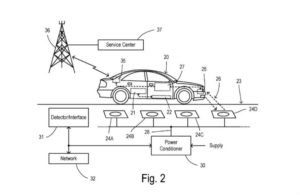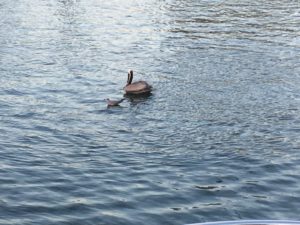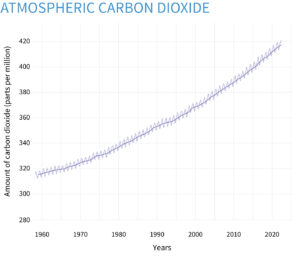Perhaps you have encountered the medical term: palliative care. Webster’s dictionary defines it as “A medicine or form of medical care that relieves symptoms without dealing with the condition’s cause.” Palliative care is given when the patient is dying, and medical treatment is no longer being given to address that, but is given instead to make the patient more comfortable.
The reason for this blog is that it reminds me how to think about the recent news from shipping giant, Cargill, that they are adding sails to their ships to reduce their carbon footprint. Some might celebrate this because it does slightly reduce fossil fuel use, eventually. When you count the energy required to create and install those sails, you realize it will be a long time before there is a net benefit. But that’s a sidebar issue.
Let’s go back to the definition of palliative … it relieves symptoms but does not address the cause. The cause of carbon dioxide releases in Cargill’s case is that they are shipping goods that could have been grown or produced locally. Why? To save money because it is less expensive to grow or produce products elsewhere.
This begs the question: why are we putting a sail on a ship burning massive amounts of petroleum to bring us products that could have been grown or produced locally?
Manufacturers in this country now ship wood abroad to be made into furniture that is shipped back to the US to be sold for use in homes and businesses here. Why? Because the furniture is less expensive and can therefore produce higher profits.
On the flip side, ships deliver food and necessities to people living in places that can’t sustain life. Should people be living there? Why have we chosen to feed and house people who should move? Since the dawn of time, all living things have moved to where they have water, food, and an environment where they can survive on local or regional sources.
One comedian I remember pointed out that the starving people in the deserts didn’t need us to send food, they needed U-Hauls. And while that sounds harsh, there is a reality there we seem to be missing when we image the ships as being “green” with their new sails.
What happened to that bucolic model of farmers and neighboring communities working symbiotically to get through life together? Sure, we ship spices from distant lands … but those fit on the backs of camels. And we ship other specialty goods from other lands, but those are not the mainstay of life. Contrast that with Cargill shipping food around the world … that’s quite a bit different, now isn’t it?
Notice that nobody is pointing out that adding sails to these fossil-fuel burning behemoths are simply palliative energy measures. This is a clever form of greenwashing. This is deceptive marketing used to persuade the public that the organization is environmentally friendly. They celebrate the sails because they can “show progress” toward some elusive goal by measuring carbon against a historical pattern and to “buy time” until real sustainable change is palatable.
Why is it that we miss the blinding flash of the obvious? Could it be that they have no incentive to think about and try to fix the fundamental malady … world transport vs. local sustainability?
Palliative … all just palliative!







